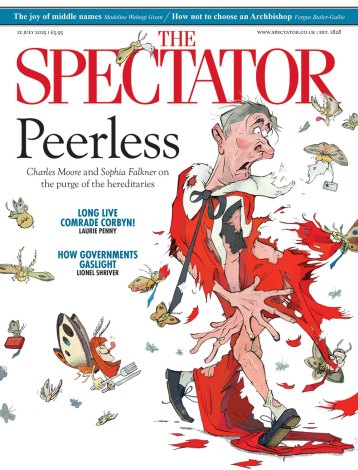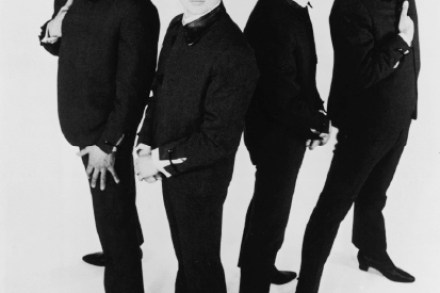A rebellion among Rugby schoolboys proved perfect training for its ringleader in putting down a Jamaican slave-rising in later life
The public schools ought to have gone out of business long ago. The Education Act of 1944, which promised ‘state-aided education of a rapidly improving quality for nothing or next to nothing’, seemed to herald, as the headmaster of Winchester cautioned, the end of fee-paying. Two decades later Roy Hattersley warned the Headmasters’ Conference to have ‘no doubts about our serious intention to reduce and eventually to abolish private education in this country’.Yet David Turner is able to conclude in this well-researched, impeccably fair and refreshingly undogmatic history, that this is their golden age. He takes the unfashionable line that they are now vital contributors to the country’s economic, political




















